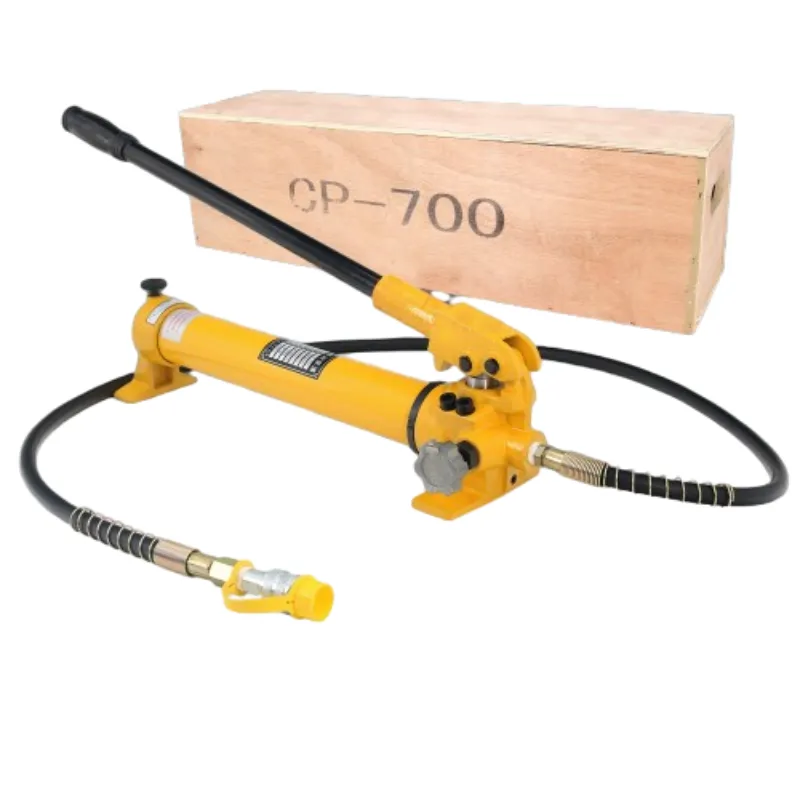
-
 Afrikaans
Afrikaans -
 Albanian
Albanian -
 Amharic
Amharic -
 Arabic
Arabic -
 Armenian
Armenian -
 Azerbaijani
Azerbaijani -
 Basque
Basque -
 Belarusian
Belarusian -
 Bengali
Bengali -
 Bosnian
Bosnian -
 Bulgarian
Bulgarian -
 Catalan
Catalan -
 Cebuano
Cebuano -
 Corsican
Corsican -
 Croatian
Croatian -
 Czech
Czech -
 Danish
Danish -
 Dutch
Dutch -
 English
English -
 Esperanto
Esperanto -
 Estonian
Estonian -
 Finnish
Finnish -
 French
French -
 Frisian
Frisian -
 Galician
Galician -
 Georgian
Georgian -
 German
German -
 Greek
Greek -
 Gujarati
Gujarati -
 Haitian Creole
Haitian Creole -
 hausa
hausa -
 hawaiian
hawaiian -
 Hebrew
Hebrew -
 Hindi
Hindi -
 Miao
Miao -
 Hungarian
Hungarian -
 Icelandic
Icelandic -
 igbo
igbo -
 Indonesian
Indonesian -
 irish
irish -
 Italian
Italian -
 Japanese
Japanese -
 Javanese
Javanese -
 Kannada
Kannada -
 kazakh
kazakh -
 Khmer
Khmer -
 Rwandese
Rwandese -
 Korean
Korean -
 Kurdish
Kurdish -
 Kyrgyz
Kyrgyz -
 Lao
Lao -
 Latin
Latin -
 Latvian
Latvian -
 Lithuanian
Lithuanian -
 Luxembourgish
Luxembourgish -
 Macedonian
Macedonian -
 Malgashi
Malgashi -
 Malay
Malay -
 Malayalam
Malayalam -
 Maltese
Maltese -
 Maori
Maori -
 Marathi
Marathi -
 Mongolian
Mongolian -
 Myanmar
Myanmar -
 Nepali
Nepali -
 Norwegian
Norwegian -
 Norwegian
Norwegian -
 Occitan
Occitan -
 Pashto
Pashto -
 Persian
Persian -
 Polish
Polish -
 Portuguese
Portuguese -
 Punjabi
Punjabi -
 Romanian
Romanian -
 Russian
Russian -
 Samoan
Samoan -
 Scottish Gaelic
Scottish Gaelic -
 Serbian
Serbian -
 Sesotho
Sesotho -
 Shona
Shona -
 Sindhi
Sindhi -
 Sinhala
Sinhala -
 Slovak
Slovak -
 Slovenian
Slovenian -
 Somali
Somali -
 Spanish
Spanish -
 Sundanese
Sundanese -
 Swahili
Swahili -
 Swedish
Swedish -
 Tagalog
Tagalog -
 Tajik
Tajik -
 Tamil
Tamil -
 Tatar
Tatar -
 Telugu
Telugu -
 Thai
Thai -
 Turkish
Turkish -
 Turkmen
Turkmen -
 Ukrainian
Ukrainian -
 Urdu
Urdu -
 Uighur
Uighur -
 Uzbek
Uzbek -
 Vietnamese
Vietnamese -
 Welsh
Welsh -
 Bantu
Bantu -
 Yiddish
Yiddish -
 Yoruba
Yoruba -
 Zulu
Zulu


Jan . 06, 2025 18:48 Back to list
cable pulling winch for sale
Investing in the right cable pulling winch is critical for any professional engaged in heavy lifting or construction projects. When considering a purchase, understanding the nuances of various models and manufacturers can make a significant difference in both performance and safety. This article delves deep into the specifics of cable pulling winches, highlighting why they are indispensable, and providing guidance on selecting the right product for sale.

Cable pulling winches are engineered to handle the complex task of pulling heavy loads with precision and efficiency. These machines have evolved significantly over the years, and with innovations in technology, they now offer unparalleled performance combined with enhanced safety features. For any contractor or business operator dealing with high tension tasks, having a reliable winch is not just a requirement but a critical asset.
When exploring cable pulling winches for sale, it's essential to consider the specific needs of your projects. Different applications might require varying strengths or capabilities, and understanding these requirements will aid in making a well-informed decision. It's not simply about choosing a winch that's powerful; it’s about selecting one that aligns seamlessly with the tasks at hand.

From a professional standpoint, the hallmark of a quality winch lies in its build and adaptability. Modern cable pulling winches are crafted using robust materials to withstand harsh environmental conditions and rigorous usage. Their design typically incorporates features that ensure longevity, efficient operation, and adherence to safety regulations.
One critical factor to consider is the winch's load capacity. Each model comes with specific load ratings that dictate the maximum weight it can safely handle. Overloading a winch is a common mistake that can lead to accidents and equipment damage. Therefore, it's paramount to choose a winch with an appropriate capacity that suits your specific operational demands.
cable pulling winch for sale
Another key point is the operational dynamics, which include speed control, power source, and ease of use. Electric winches, for example, are known for their efficiency and are ideal for environments where electricity is readily available. Hydraulic winches, on the other hand, offer superior power and are preferred for more demanding tasks. Understanding these operational differences will help in aligning the winch with your workflow and enhance productivity.
Professional insight into winch maintenance can also not be overlooked. Regular upkeep ensures the longevity and reliability of your winch. Frequent inspection of cables, gears, and motors is essential. Choosing a model with easily accessible components simplifies maintenance routines, thus preserving the functionality and safety standards of the equipment.
Moreover, the importance of trusted brands cannot be understated. Opting for well-established manufacturers provides the assurance of quality craftsmanship and customer support. These brands often offer warranties, ensuring your investment is protected and allowing you access to expert advice and service solutions.
In the realm of heavy lifting and construction, time is money, and efficiency can make or break a project. A strategically selected cable pulling winch enhances efficiency, reduces risks of costly downtime and increases operational safety. It’s crucial for professionals to invest time in researching potential equipment, seeking opinions, and possibly testing products before making a purchase.
Ultimately, the right cable pulling winch is a blend of strategic selection, understanding specific application needs, and a commitment to maintenance. By focusing on these foundational aspects, professionals will not only sustain safety and efficiency but also extend the productivity of their projects significantly.
Latest news
What Are Construction Tools and How Are They Used?
NewsJul.11,2025
Professional-Grade Duct Rodding Tools for Superior Cable Installation
NewsJul.11,2025
Enhancing Safety and Efficiency with Modern Hot Stick Solutions
NewsJul.11,2025
Empowering Cable Installation with Advanced Rodder Solutions
NewsJul.11,2025
Elevate Your Cable Installation Projects with Cable Pulling Tools
NewsJul.11,2025
Efficient Cable Handling Solutions: Cable Rollers for Sale
NewsJul.11,2025











